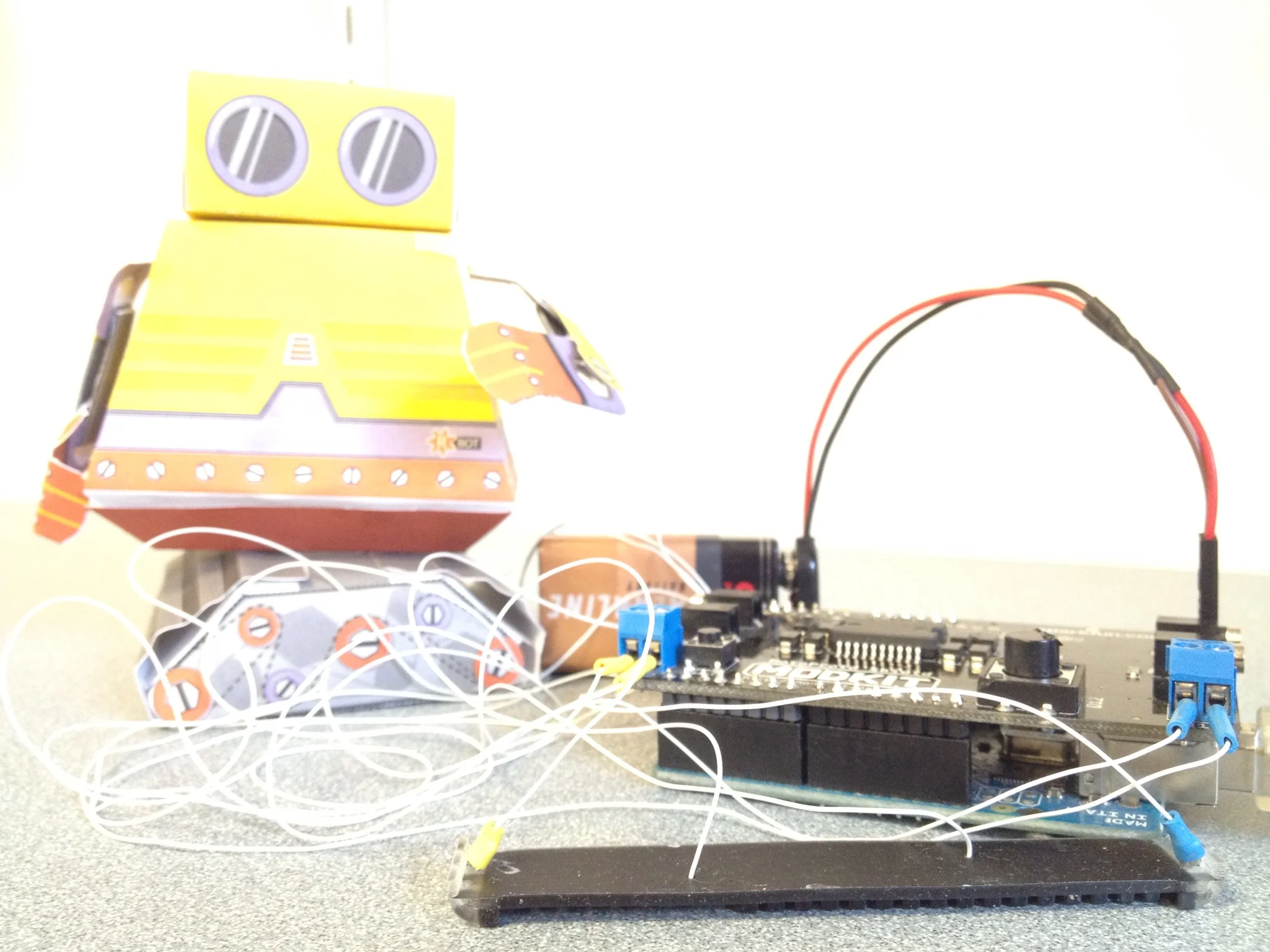Crowdsourcing Control Strategies for Soft Robots
A web-based platform for a soft-bodied robot was developed. Users could sign in with their social media accounts in order to sign up for 30 minute times slots to control the robot. While users were controlling the robot, competing for fastest time from start to finish, I collected information on what controls they were inputting and also tracked the robot as it traversed the arena. It was determined that while a critical number of users was not reached, preventing the fastest controls from being determined, users averaged a 1.351 s actuation time for SMA1, a phase gap of 0.554 s, and an actuation time of 1.174 s for SMA2. The magnitude of the Softworm’s velocity was an order of magnitude smaller than expected, and the reason for that was not determined. However, the SoftRobotics website did demonstrate that crowdsourcing can provide an avenue for solving control problems for soft robots.
Motivation
In a world where robots are becoming increasingly rooted in our lives, it is important that we are able to interact with them safely. Thus, robots must incorporate so components into their design. So materials o er numerous benefits, such as the ability to act as a sensor and a limitting the chance of a human being harmed. However, in order to be able to use so materials in these ways, we need to learn more about how to control them and how to utilize their non-linear elastic properties to the fullest extent. My goal was to develop a platform that can be applied to many different robotic systems using so components in their design.
Implementation
A web-based platform was designed and the Softworm arena constructed. The platform was initially tested with a LEGO robot while I awaited the completion of the Softworm. The controls for the robot were modeled after those used by two post-docs Takuya Umedachi and Vishesh Vikas.
Results
To analyze the success of this crowdsourcing experiment, I focused on four main areas of data collection. First, I looked at the users to discern how many times they played and how many were repeat users. Second, I looked at the controls users were sending to the Softworm to determine how many controls were unique and whether or not users converged on a solution set. Third, I examined the position vs. time plots and the y vs. x position plots, where y is defined as the length of the arena and x as the width. Comparing these plots to one another was essential in verifying that the Softworm behavior didn’t vary greatly. Finally, I looked at the velocity. I matched velocities to the control inputs users submitted and compared the crowdsourcing velocities to actual velocities obtained during a test of tracking efficacy.



